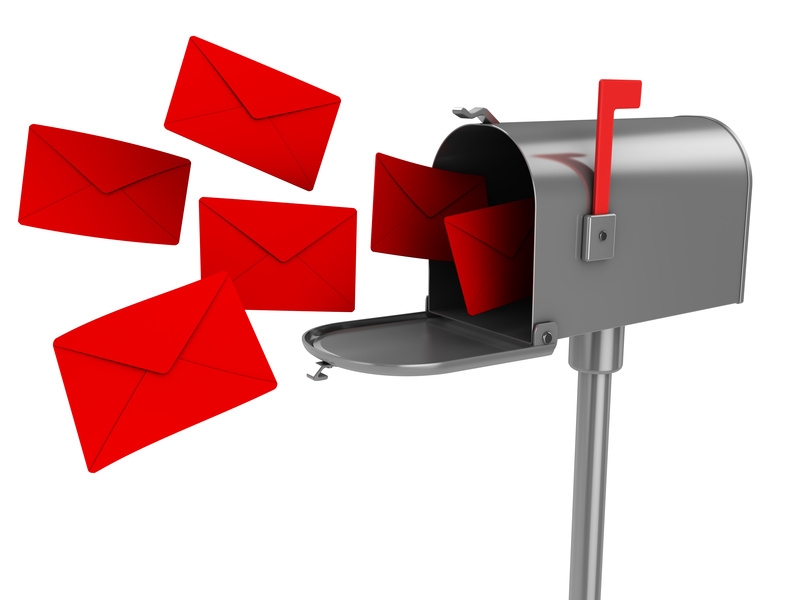
 For most nonprofits, the best ways to raise money online is with a fundraising email strategy (email revenue grew by 25% in 2015).
For most nonprofits, the best ways to raise money online is with a fundraising email strategy (email revenue grew by 25% in 2015).
Yes, your donation page is absolutely important in terms of converting donors, but email is the most effective way to send qualified prospects to your donation page.
Email subscribers, by definition, have given you permission to tell them about your cause. Many times, they are waiting to be asked.
But are you asking effectively?
Here are four common fundraising email mistakes you should definitely avoid:
1. Blasting your list
All subscribers are not created equal.
When you blast your entire list with the same fundraising email, you risk alienating some of your most important supporters. For example, monthly donors and prospective donors should receive very different fundraising messages.
Tailoring your message for each audience will increase engagement and donations. This all starts, of course, with proper email segmentation.
2. Making it about you
Bragging about your nonprofit is not fundraising.
It’s easy to assume that people want to hear about your nonprofit since they joined your email list. But your nonprofit is simply an agent of change.
What supporters really want is to change the world in ways they care about. They want to be an active participant, not a sideliner.
Connect your donor to the impact by telling them what they did, not what your nonprofit did. Check out this example from ALS Worldwide:

3. Not welcoming new donors
Every time someone makes a donation, it’s the beginning of a relationship. You have to set the tone. You have to make a good first impression.
When someone gives, you should immediately thank them and reinforce the impact they just made. For example, check out this email from the Community Music Center of Boston:

4. Sending only one email
Email is very different from direct mail.
Direct mail is effective, quite frankly, because it sits around the house – on the kitchen counter, on the coffee table, in the bathroom. In other words, it creates a constant presence in the mind of the potential donor.
But email is very different. A single email is often deleted, ignored, or even unnoticed by potential donors. To create a constant presence about an appeal, you need to send multiple emails.
What else? What do you think?John Haydon delivers social web strategy solutions for “the quick, the smart, and the slightly manic.” Curious? Then visit the John Haydon blog, follow him on Twitter or leave a comment.
 This work is licensed under a Creative Commons Attribution 3.0 Unported.
This work is licensed under a Creative Commons Attribution 3.0 Unported.








